I have a dataset of 10 subjects, whose muscle response amplitude was measured across 11 different stimulus intensities (states) applied to their muscles. The output curve of the data looks like a sigmoidal function, with different stimulus intensities on the x-axis and resultant muscle amplitude outputs on the y-axis.
I would like to fit a Boltzmann sigmoid function to fit each subject's data. From the literature in my field, I would need to estimate my parameters of interest (i.e., slope, S50, and plateau from the function below) using a non-linear least squares fitting using R (typical once used is a Marquardt-Levenberg algorithm for least squares convergence).
From what I could find, I believe the Boltzmann function should look like:
y(x) = plateau / [1 + e^((S50-x)/slope)]
Plateau = maximum amplitude
S50 = stimulus intensity x required to evoke a response equal to half the maximum amplitude
Example data for one subject:
y = c(0.04, 0.053, 0.096, 0.219, 0.701, 1.333, 3.032, 3.556,4.33, 4.27, 4.167)
x = c(1,2,3,4,5,6,7,8,9,10,11)
Giving:
This post has someone outline how they do this with the "nls" package: Working with nls function produces a singular gradient
So I would have something like:
fit <- nls(y ~ plateau / (1 + exp((S50 - x)/slope), start = list( ??? ))
However, I'm still a little lost. How do I know what parameters to feed into the equation (which I think would go in the [???] section)? Do I need to specify plateau, S50, and slope? Isn't the whole point that I don't know these going in?
Is there a way to feed my data into some function to then get an output of the best non-linear equation that fits my data and gives me those S50, plateau, and slope parameters? Am I misunderstanding the process?
There is apparently a "gslnls" package available in R that uses the Marquardt-Levenberg algorithm to fit the data. I guess I am a little confused as to how to apply it, or if there is a simpler way to do this.
Any guidance would be greatly appreciated.
